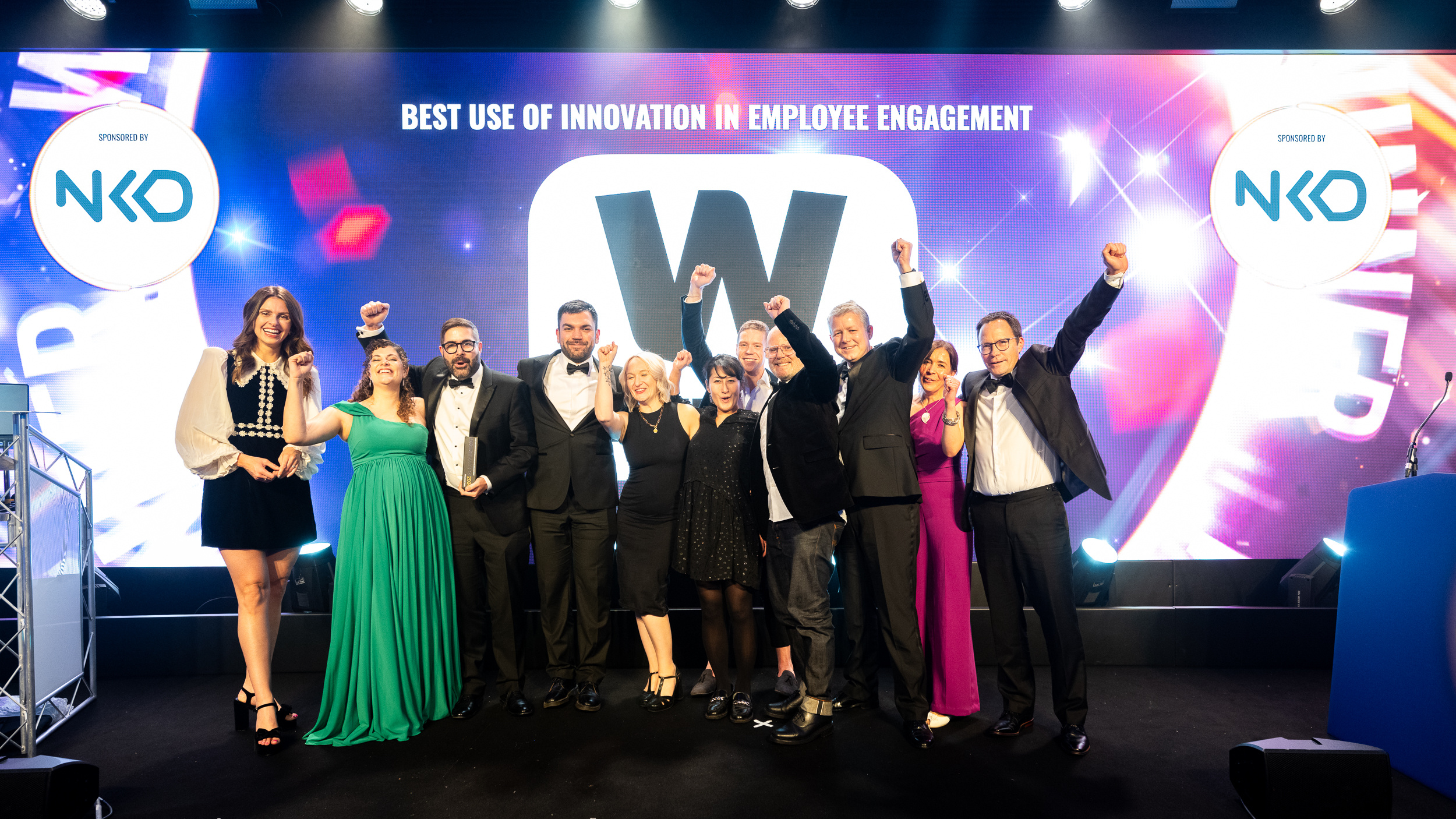Maximising Employee Engagement with Effective Benefits

Discover how strategically designed employee benefits can drastically enhance engagement and productivity in your workplace.
The Importance of Employee Benefits
Employee benefits play a crucial role in attracting and retaining talent. They are not just perks but integral components of a comprehensive compensation package that can significantly impact an employee's decision to join or stay with a company.
Benefits such as health insurance, retirement plans, and paid time off contribute to the overall wellbeing of employees, which in turn can improve their productivity and loyalty to the organisation.
The Link Between Employee Benefits and Engagement
There is a strong correlation between the quality of employee benefits and the level of engagement within a workforce. When employees feel that their needs are being met through adequate benefits, they are more likely to be motivated and committed to their work.
Engaged employees tend to exhibit higher levels of job satisfaction, reduced absenteeism, and a stronger alignment with company values and goals. This ultimately drives better business outcomes.
Crafting a Competitive Benefits Package
Creating a competitive benefits package involves understanding the diverse needs of your workforce and offering benefits that cater to those needs. This could include not just standard benefits like health insurance and retirement plans, but also wellness programmes, flexible work arrangements, and professional development opportunities.
A well-rounded benefits package can set your company apart in a competitive job market, making it more attractive to potential hires and more rewarding for existing employees.
The Role of Flexibility in Employee Satisfaction
Flexibility in the workplace has become increasingly important for modern employees. Offering flexible work hours, remote working options, and the ability to balance work and personal life can greatly enhance employee satisfaction.
Flexible benefits allow employees to choose the options that best suit their individual needs, which can lead to higher levels of engagement and productivity.
Measuring the Impact of Benefits on Employee Engagement
To understand the effectiveness of your benefits programme, it is essential to measure its impact on employee engagement. This can be done through employee surveys, feedback sessions, and analysing key performance indicators such as turnover rates and productivity levels.
Regularly reviewing and adjusting your benefits strategy based on this data ensures that it remains relevant and continues to meet the needs of your workforce.
Future Trends in Employee Benefits and Engagement
The landscape of employee benefits is continuously evolving, with trends like personalised benefits, mental health support, and financial wellness programmes gaining popularity. Companies that stay ahead of these trends are more likely to maintain high levels of employee engagement.
Additionally, leveraging technology to provide seamless and accessible benefits administration can improve the employee experience and drive engagement.
Summary
In summary, strategically designed employee benefits are key to maximising engagement and productivity within the workplace. By offering a comprehensive and flexible benefits package, companies can meet the diverse needs of their employees, leading to higher job satisfaction and better business outcomes.
Regularly measuring and adapting your benefits strategy to align with evolving trends and employee expectations will ensure sustained engagement and organisational success.
If you're interested in learning more about retaining your top talent, why not register for our free-to-attend Employee Engagement Summit?




